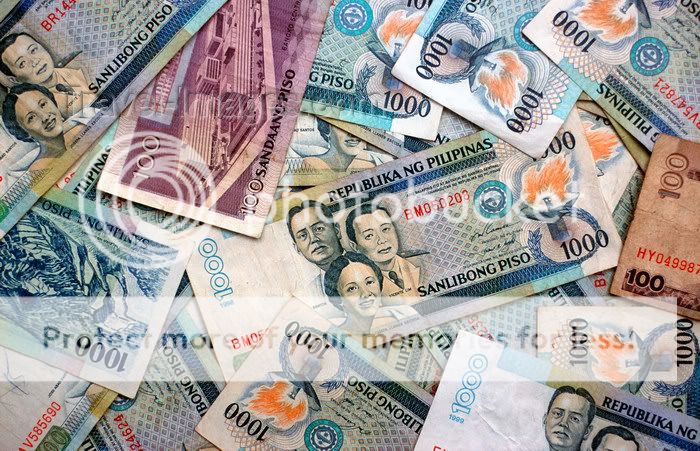Peso/Dollar Cost Averaging
By Randell Tiongson on July 1st, 2010Dollar cost averaging is a timing strategy of investing equal dollar amounts regularly and periodically over specific time periods (such as $100 monthly) in a particular investment or portfolio. By doing so, more shares are purchased when prices are low and fewer shares are purchased when prices are high. The point of this is to lower the total average cost per share of the investment, giving the investor a lower overall cost for the shares purchased over time. — Wikipedia.
This is a good idea and a good risk management tool, well at least in theory.
My good friend Kendrick Chua in his blog has a great way of illustrating Peso Cost Averaging:
In a simple illustration, if you have bought 10,000 shares at Ps 10.00 for each share, you would have invested Ps. 100,000.00. When the value goes down to Ps 5.00 each share (and assuming you haven’t sold yet), your investment would have decline to Ps. 50,000.00. If you employed cost-averaging strategy and decided to buy at this level, your break-even point would be at Ps. 7.50
Proponents of this strategy insist that this is how you can minimize your risk. There is wisdom to their position. By doing so, your break-even point becomes lower and when the stock price reaches back to Ps. 10; your second investment would have earned 25% already! Had you not done so, you would have miss out the gain or worse, may not have broken-even.
Cost-averaging are for those who see themselves as long-term and value investors. They believe that the intrinsic value of the stock is worth more than what it is being traded. Hence, the lower it goes, the better the bargain is and if before it was a “buy”, now it is a “screaming buy”!
There have been a lot of arguments for and against Peso/Dollar Cost Averaging. Proponents claim it as a very practical risk management technique while its critics says its a recipe for disaster. With the recent financial markets crash not too long ago, this technique came into harsh criticisms and many argued that this popular method didn’t do much to save unfortunate investors. With the recent surge in the equities market, cost averaging has been given a lot of attention again and a lot have been advocating it.
Does it really work? Is it a good idea? My answer? It depends. It depends on how often you invest, on where you invest and the market you invest on. However, one thing is for sure: the individual who was faithful in investing using cost averaging will have more money that one who is not faithful in investing at all.
To get more investment tips and to understand investments better, attend my No Nonsense Seminar on Finance: How to Invest for the Future on July 10. For details, CLICK HERE.



but where do you avail (or whatever term I needed to use) to that cost averaging?
@ Tin… cost averaging is a strategy… you invest regularly in the market via instruments like equity mutual funds or UITF.
I’m confused “In a simple illustration, if you have bought 10,000 shares at Ps 10.00 for each share, you would have invested Ps. 10,000.00” -shouldn’t it be PS100,000.00?
@ Don, thanks for pointing out the error. Corrected already.
your article helped me understand peso-cost-averaging…thanks.
how about the putting money every month for particular fund but not necessarily on the same date? the reason I mentioned not on the same date, like every 27th of the month, but instead like: Oct 3, then Nov 18, Dec 14, etc . . . would it still be considered cost averaging method? the reason am asking is that, I will be monitoring on a monthly basis, and if I find the price of the fund goes down, then, that’s the time I will buy more . . .